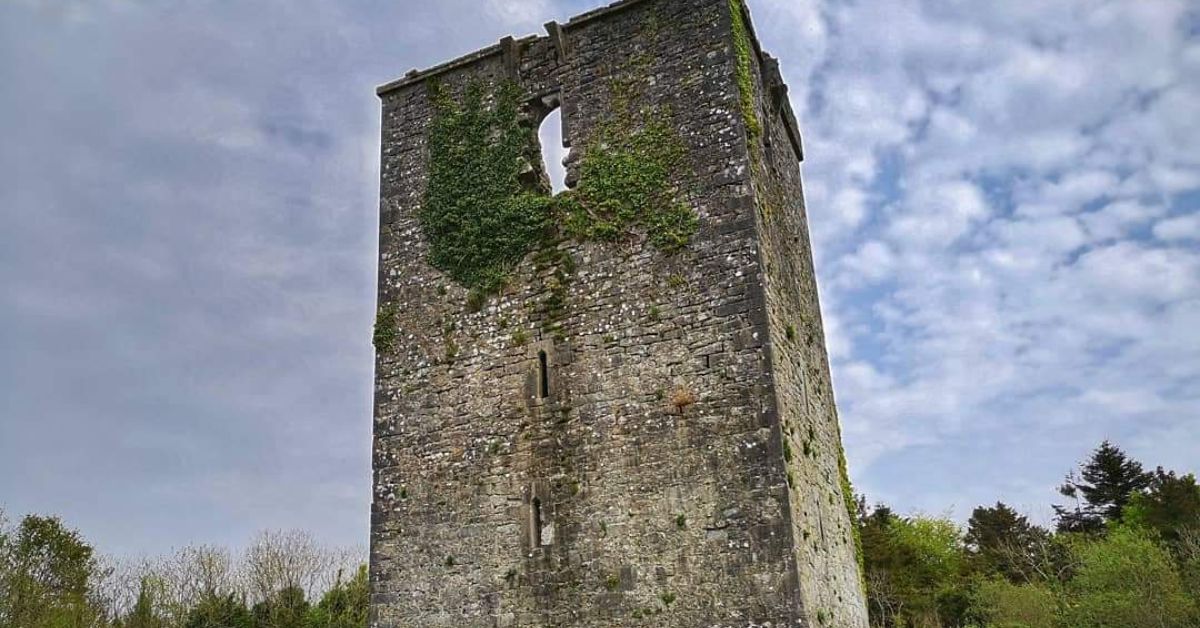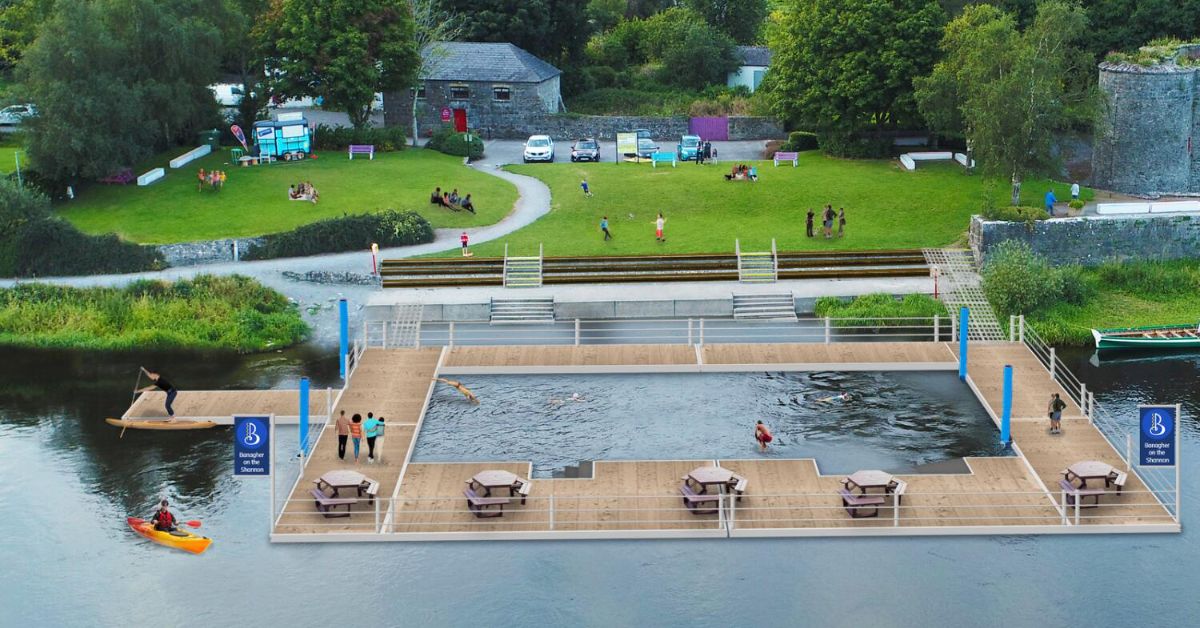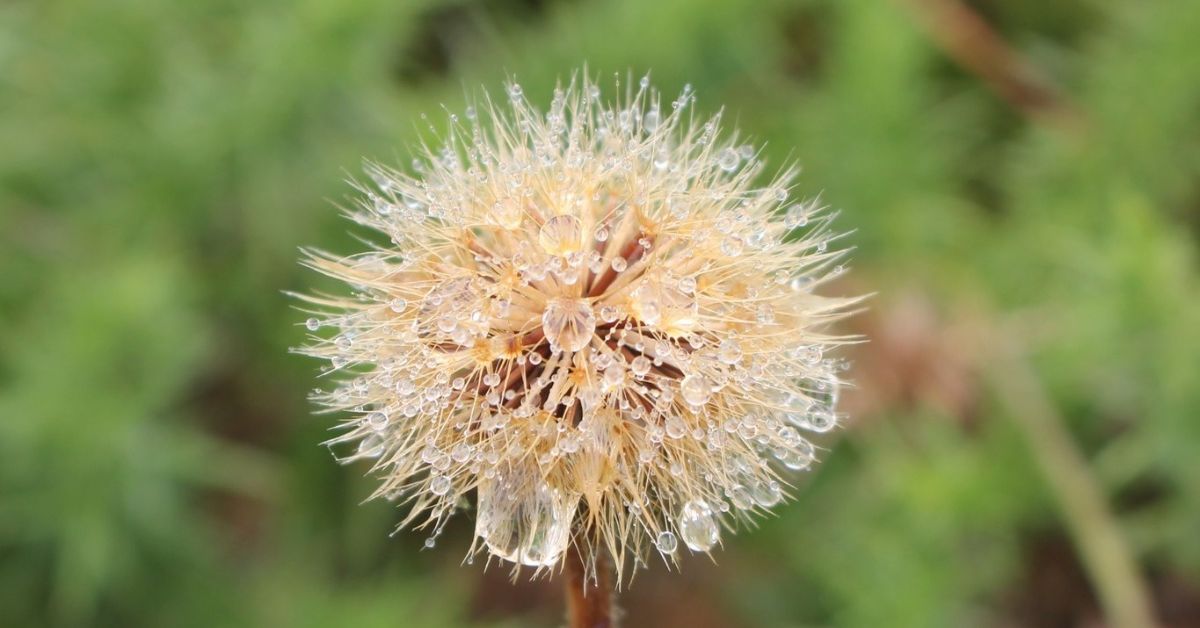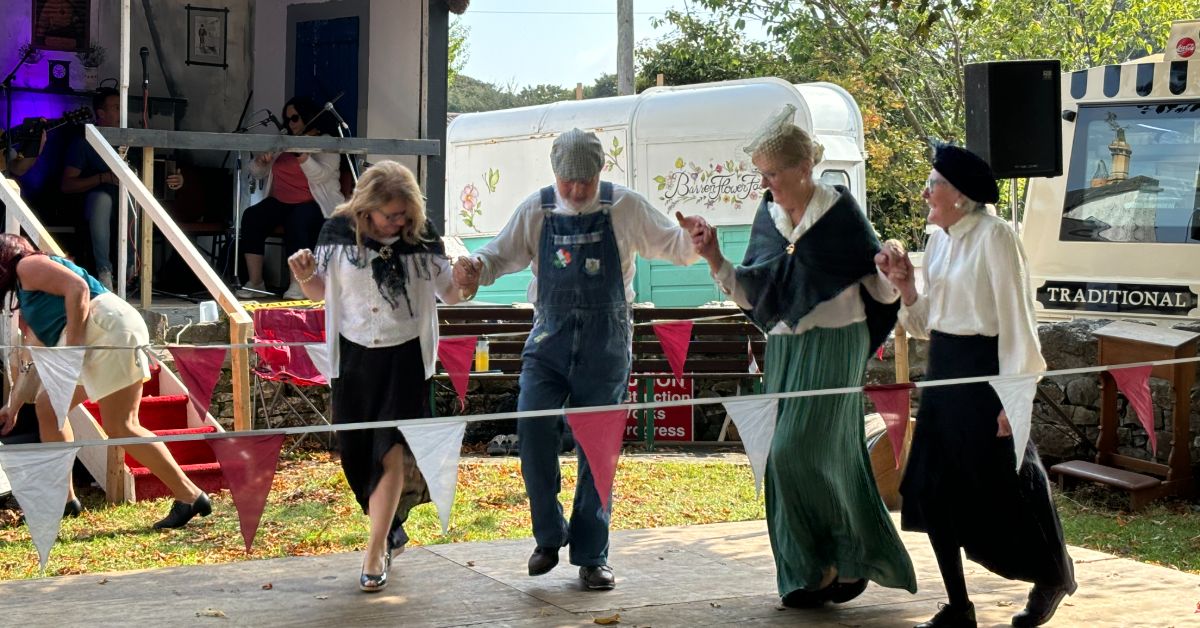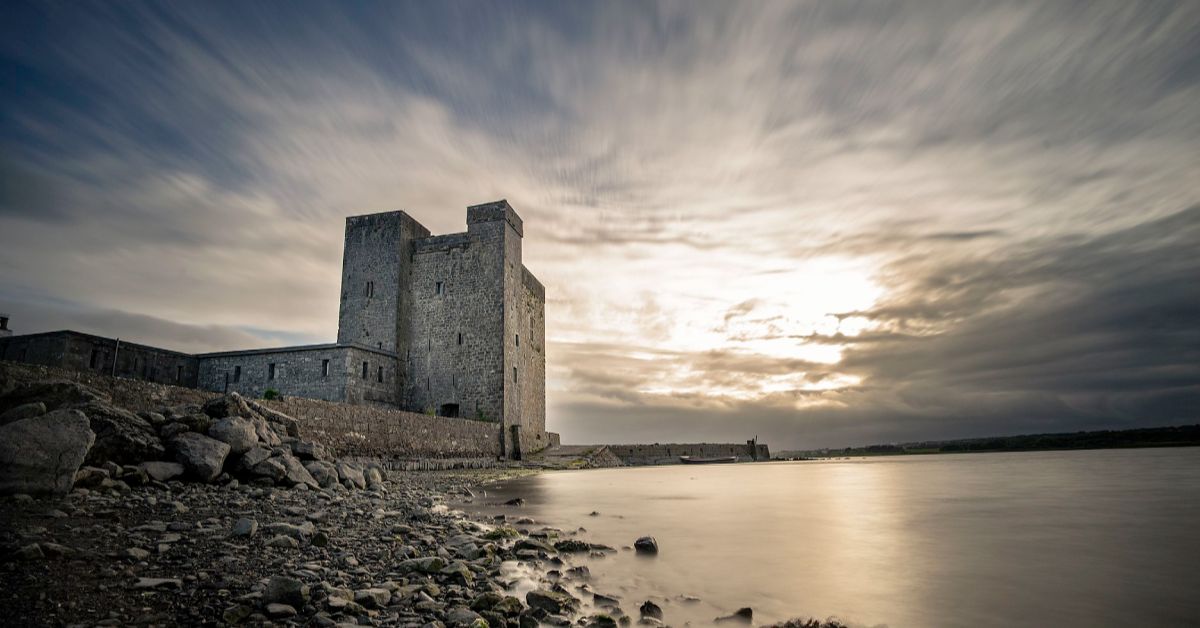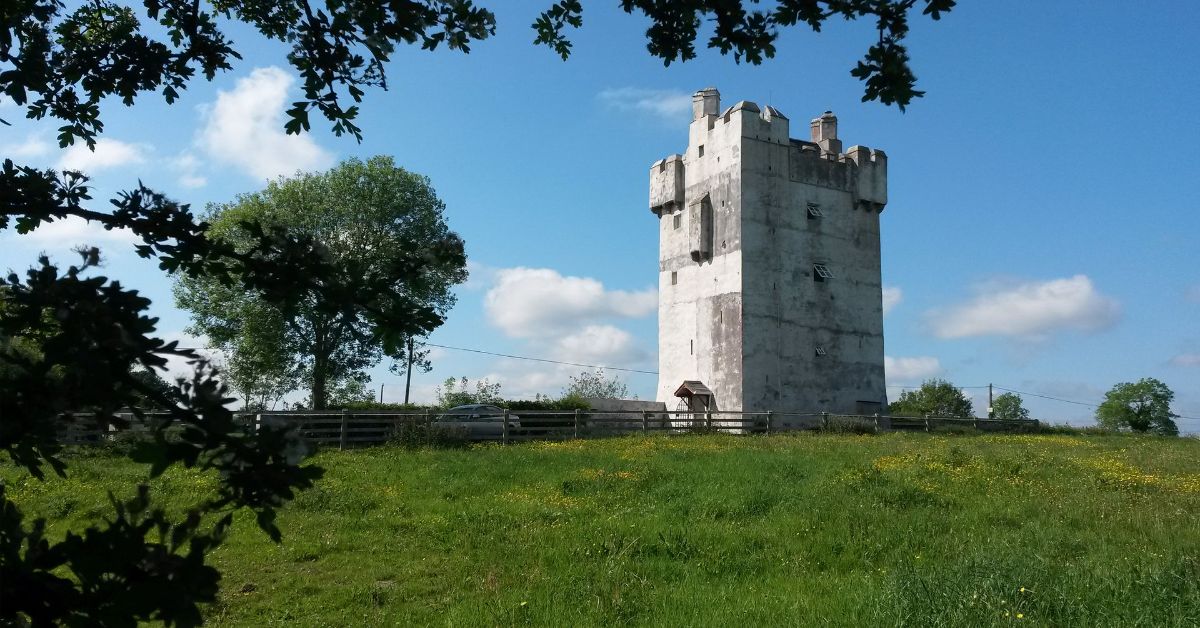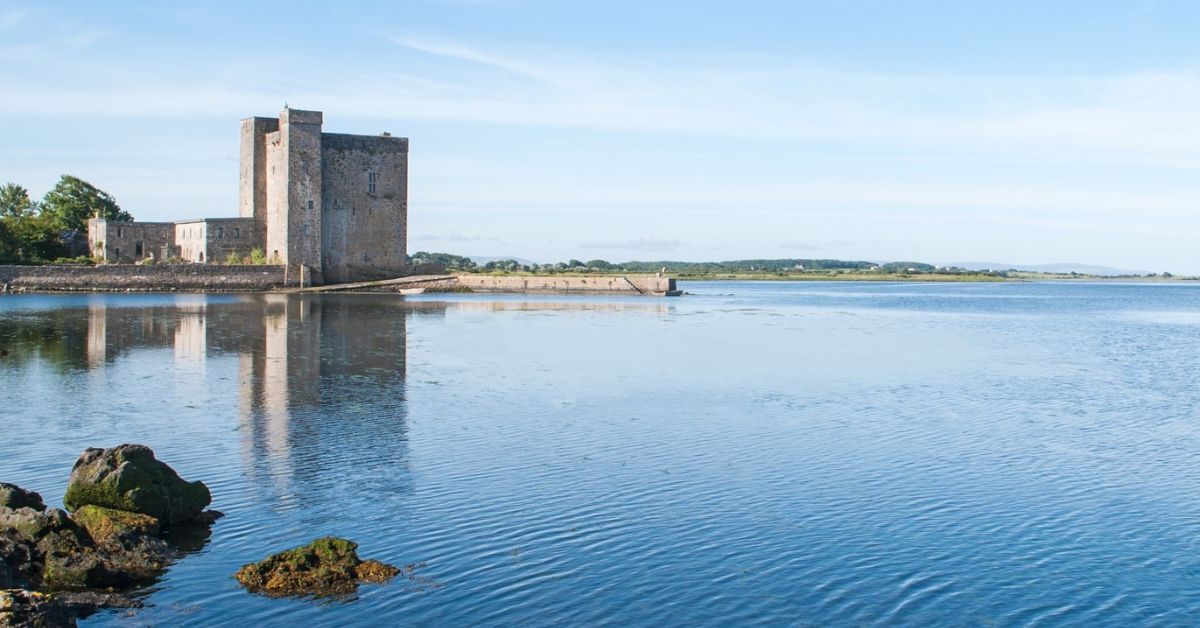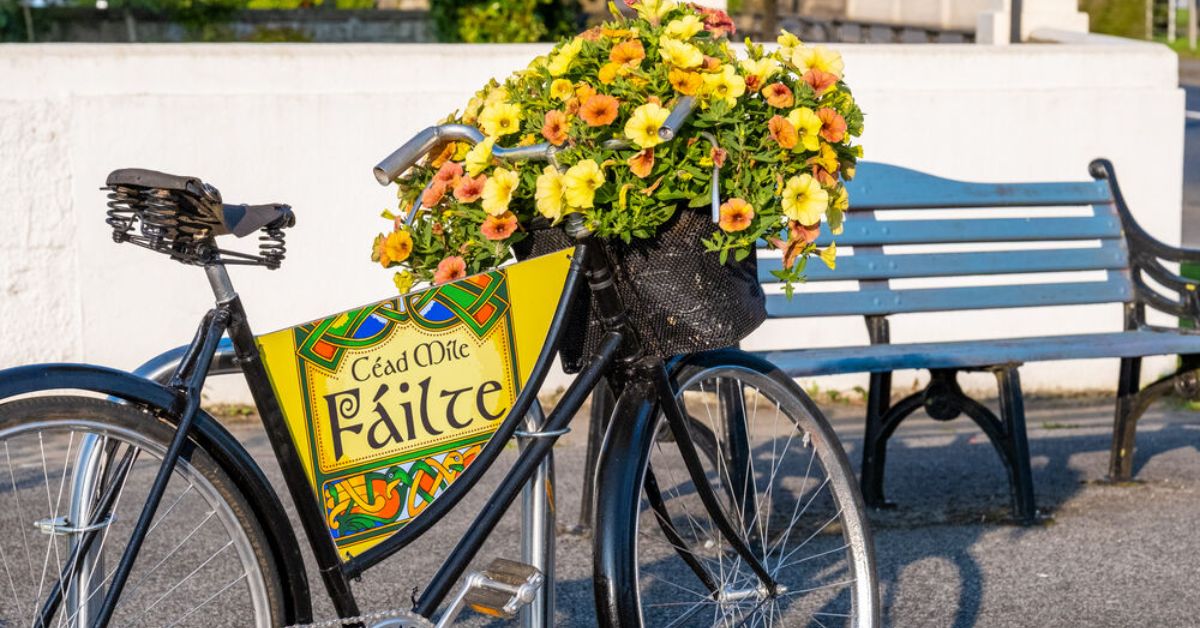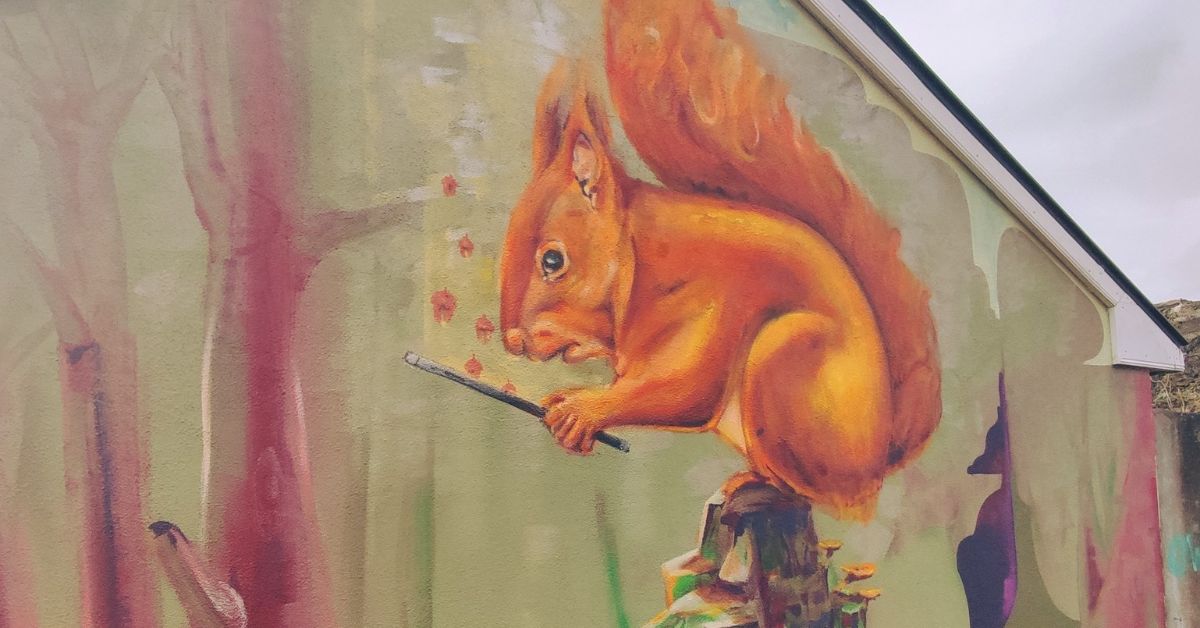Regardless of whether you would refer to the structure as Merlin or Doughiska Castle, the charm of this quaint castle on the trails of Merlin Woods is undeniable. The recent conservational repair works on the tower houses puts an emphasis on its fascinating architectural features, which include the smallest known Sheela na Gig in Ireland.
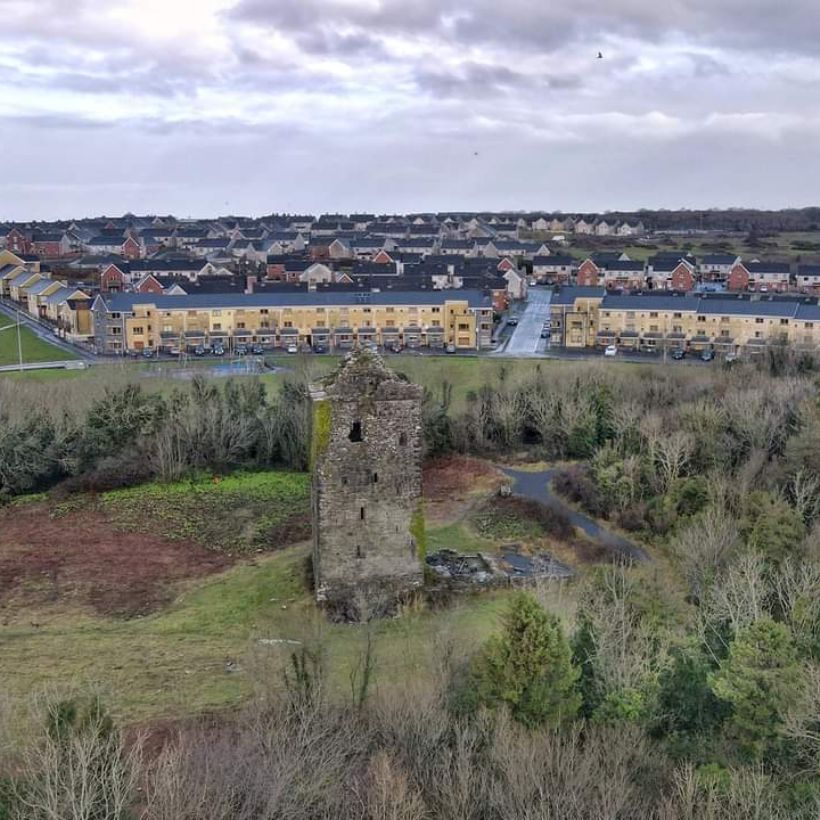
Let’s now take a glimpse into the history of this iconic Doughiska structure.
The site of the castle was originally an early fortification built for Turlough O’Connor, High King of Ireland in the early 12th century. In 1383, the Abbot of Knockmoy, Dermot O’Connor leased part of the lands of Doughiska to Henry Blake of Galway.
Arranged in the form of a three-storey Anglo-Norman style tower. Architectural features of the castle suggest that the current structure dates from the early 16th century, when it was in the possession of the Lynch family. The Lynch family were given ownership of the castle when Nicholas FitzJohn Blak’s daughter Eveyln married John Lynch FitzRichard FitzSanders. In 1574, it is recorded that Stephen Lynch was the owner of the property. The Lynch family were later evicted by the Cromwellian Commissioners between 1653 and 1655 during which time the castle lost its roof.
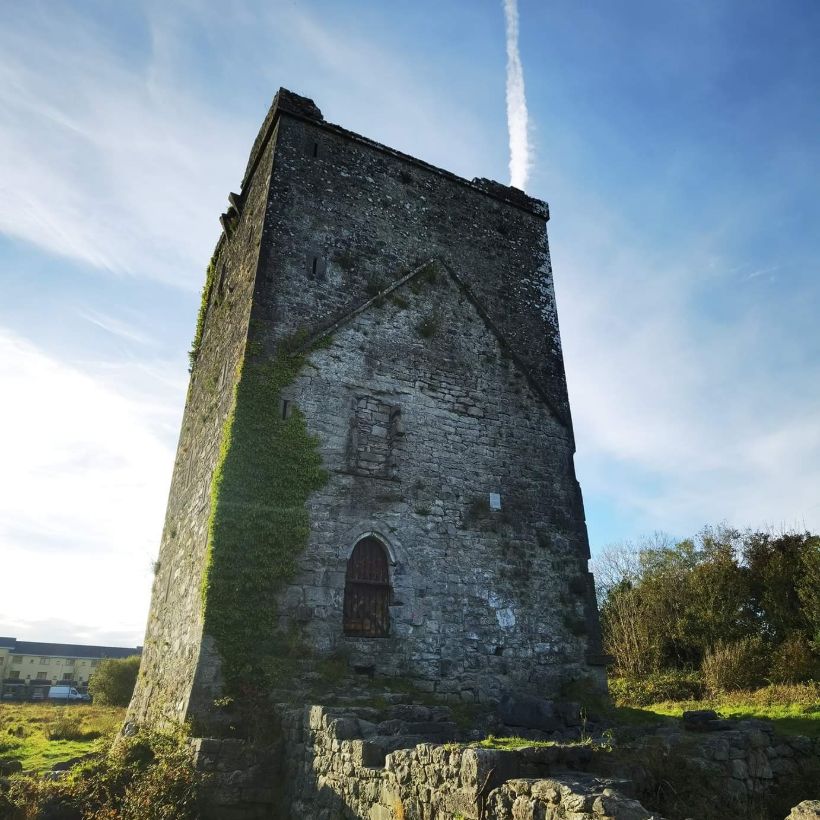
Later on, in 1669 John Whaley received a grant of three quarters of Doughiska which he sold in 1680 to Francis Blake, the Catholic Recorder of Galway. He was the first of the Blake family to reside there after he moved into the castle in 1731. It was during his residence at the castle that its name changed from Doughiska or Doughiske Castle to Merlin Castle.
The building was inhabited up until 1812 when Charles Blake built the Merlin Park estate. Against the eastern wall of the tower house structure, Charles built a house however nothing of that house remains today. In 1853, the estate was sold to a Mr. Henry Hodgson by the Encumbered Estates Court. Following this, it was then purchased and run by the Waithman family until it was abandoned.
The castle contains a secret chamber or priest’s hole, which was a hiding place for persecuted priests, often these chambers were concealed under floorboards or in walls and were often extremely successful in hiding the occupant. All of the castle's ogee windows are decorated with triskells, rosettes, everything from knots to floral motifs. At roof level there is also a machicolation on each side, the machicolation is a defensive feature that could be opened up in order to throw stones, boiling water and other items at the attackers below.
One of the castle's most interesting features is the tiny Sheela na Gig that is carved in the arch of one of the narrow second story ogee windows. It is the smallest in Ireland, measuring only 4.5 centimeters in length. The Sheela na Gig has been carved upside down, sitting on an object that resembles an upside down shield. The figure has a big head with visible round eyes and mouth. Sitting with her legs spread apart, feet facing out and her hands resting on her knees, her genitalia are expressed with a hollow between her legs.
If your interest has been piqued, keep your eyes peeled for new updates on the castles’ condition on the Galway City Council’s Facebook here.
Photos by Galway City Photographs! Check out their amazing work on Instagram.
Published on Updated on


